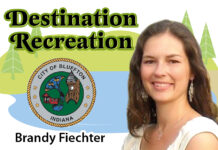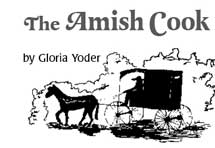What began as some mild symptoms (occasional shortness of breath, a little chest tightness, and a rare sensation radiating down his left arm) took Jim and me on a journey we hadn’t anticipated. Jennifer Stevens, our PA, ordered a stress test. Jim failed it, prompting the addition of a cardiologist to Jim’s list of specialists….



